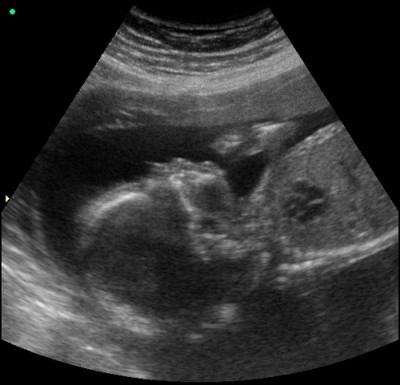Disclosure: This post may contain affiliate links, meaning we get a commission if you decide to make a purchase through our links, at no cost to you. Please read our disclosure for more info.
Carrying a pregnancy is hard work, as any mother will tell you. Carrying a multiple pregnancy is several times harder so you have to prepare yourself ahead of time. A good panel of tests beforehand might save your babies’ lives or help detect genetic abnormalities or congenital malformations beforehand as well as allowing you to mentally prepare for raising a baby with a physical or mental birth defect. You should try to perform as many necessary tests as possible without them becoming stressful for you or your babies, especially as pregnancies with twins or multiples are amongst the cases where more detailed, often invasive test panels are recommended by the American College of Obstetricians and Gynecologists.
Generally speaking we can divide tests into two categories: non-invasive and invasive tests. The former are tests that do not require any significant preparation and do not affect you directly in any significant capacity. They are also less dangerous, in general, than invasive tests, which usually carry a very low miscarriage or complication risk. We can also divide the types of tests after who is getting tested, you or your baby or babies.
Let’s start by mentioning that there are some tests you should always take in the early stages of your pregnancy and preferably even before. Things like a blood panel to make sure that you are in childbearing condition or a blood test for sexually transmitted infections are things worth considering prior to a planned conception. Your doctor might suggest some more tests, like an ultrasound or a BMI measurement. The doctor knows best so you should follow instructions.
Once you’re in the first trimester, you might need to have some new tests, depending on your genetic history and the baby or babies’ at-risk chance. Generally in odds over 1: 270 invasive tests are not necessary (but can still be opted for) but in the case of multiple fetuses, testing is strongly recommended. First trimester non-invasive testing includes fetal DNA or cell sampling from the mother’s blood work and can sometimes detect aneuploidy (chromosomal genetic aberrations). Gynecologist and ultrasound appointments and their related tests can also help with diagnostic for at-risk pregnancies.
In some cases your doctor may suggest more invasive tests such as amniocentesis (the retrieval of amniotic fluid from the placenta with a needle through the abdomen or in at-risk, still undiagnosed mid and late term pregnancies, percutaneous fetal umbilical blood sampling (a similar procedure to amniocentesis involving retrieval of fetal blood straight from the umbilical cord). These types of procedures are often last resort ones, especially as they sometimes carry a miscarriage risk or other similar problems but they can help correctly diagnose gene disorders, multi-factor disorders and congenital malformations. In some rare cases, last trimester testing determined the severity of the malformation of babies so precisely that they could be operated on directly after cesarean birth.
While your main concern should be for the safety of your babies and making sure they develop normally and happily you should also take measures to keep yourself fit and happy during your pregnancy. Mood swings are common with expecting mothers but more serious afflictions, like pre-natal diabetes can occur in some pregnancies so always keep in touch with your doctor!.
The last thing that you probably want to do when pregnant is go in for tests. Yet you should always remember that a pregnancy is a stressful thing for both your mind and body, so remember to follow your doctor’s recommendations and try not to overdo it.


